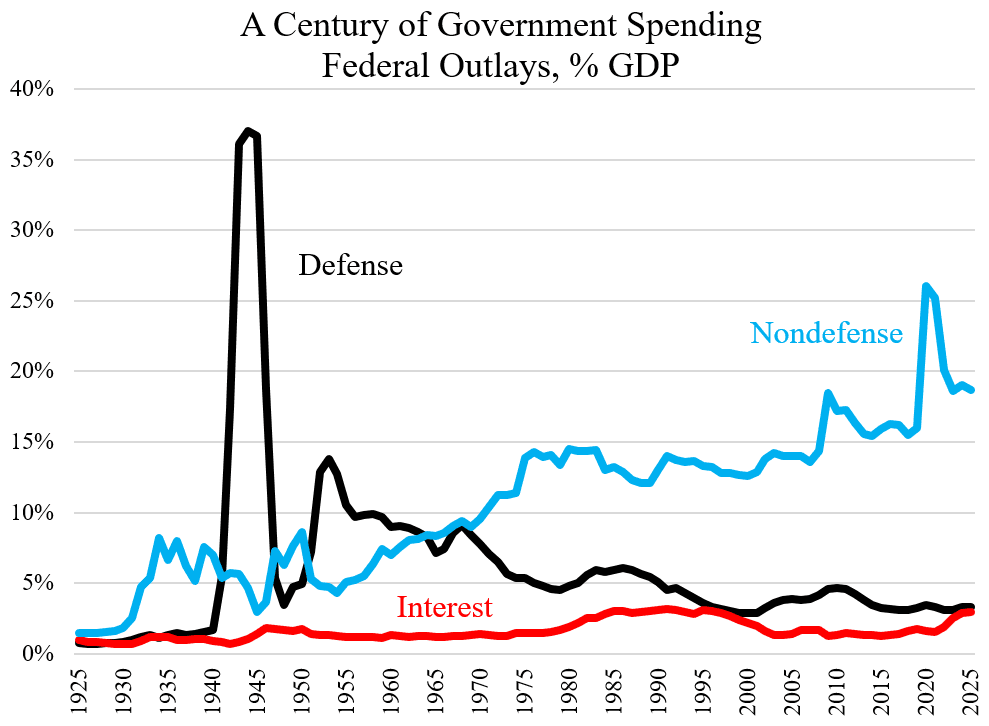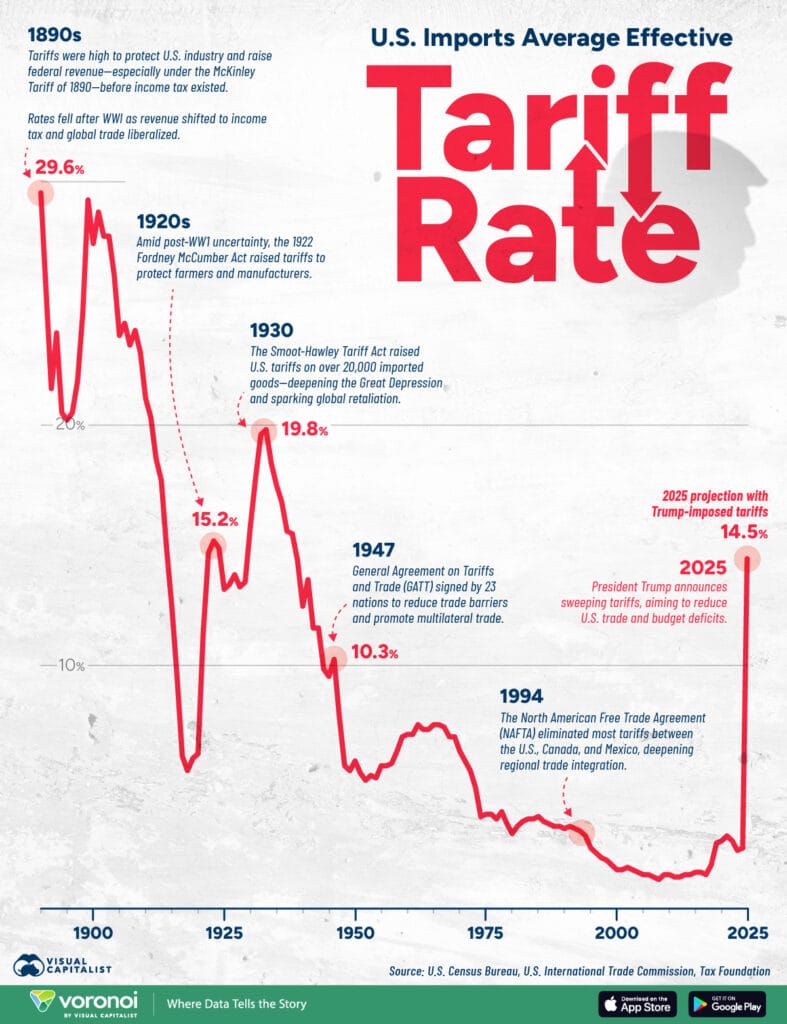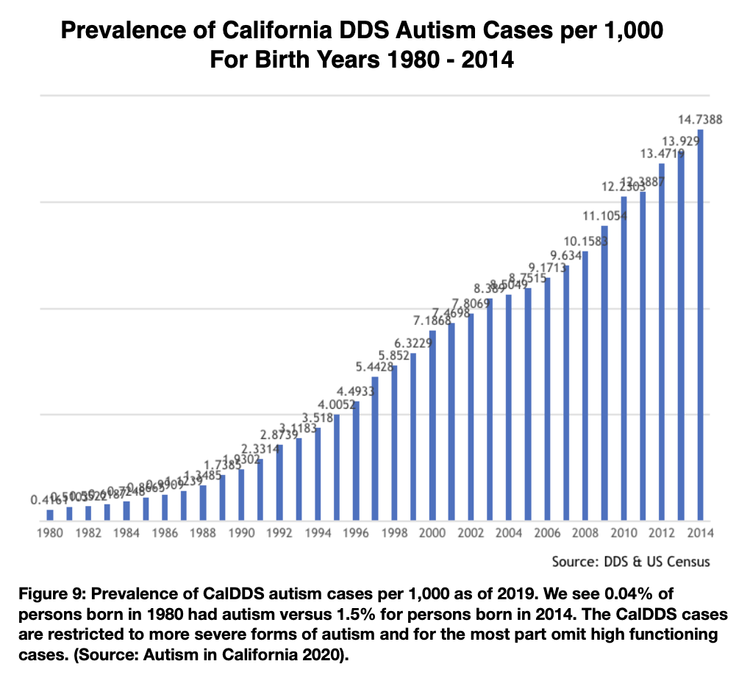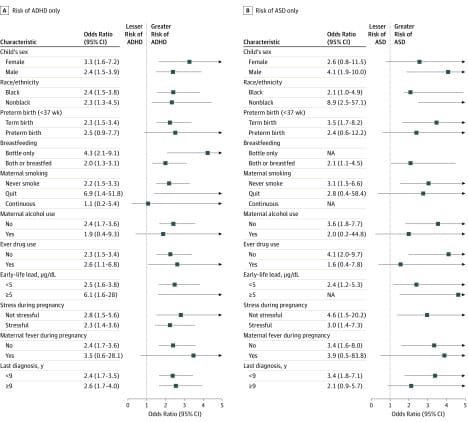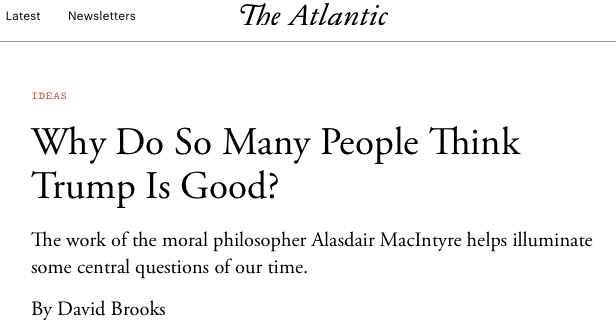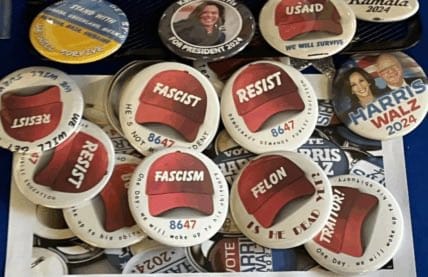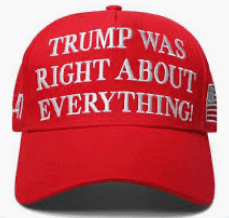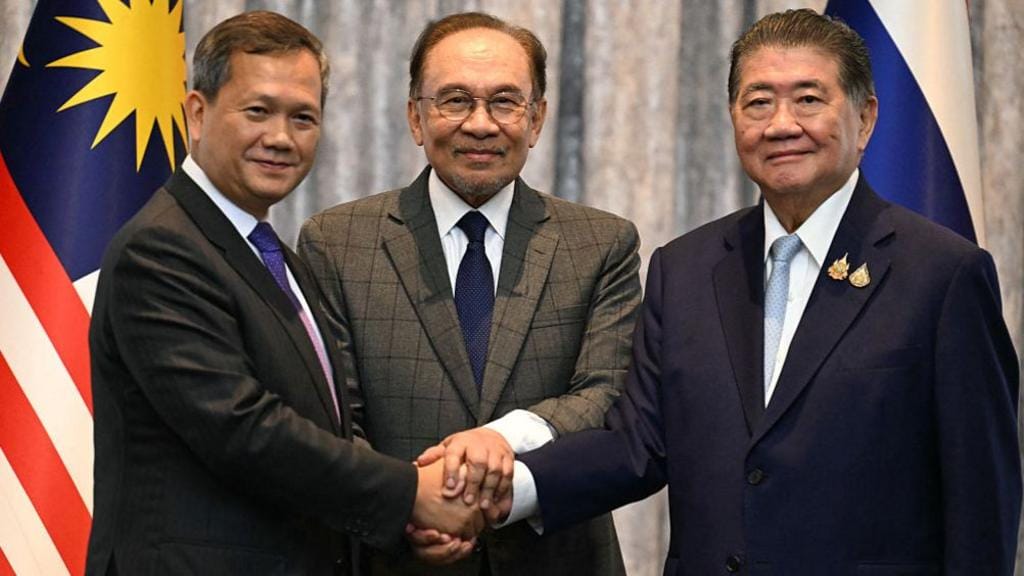In theory, both US parties are committed to a balanced budget. Both claim they’ll tax as much as they spend, and we’ll pay our debts. In practice, both parties overspend wildly, year after year. The growth in non-defense spending (pork) is particularly egregious, see graph. For fiscal 2024, the 12 month period ending Sept. 30 2024, the government spent $6.75 trillion ($6750 billion), over 20% of GDP and 37% more than the $4.92 trillion we took in in taxes ($4,920 Billion). The difference, $1830 billion, was added to the national debt, already at $34 trillion, pushing it to $36 trillion, that’s more than 100% of our GDP. The interest cost alone is $1.22 trillion per year, 1/4 of our tax income.
Trump campaigned claiming he was going to balance the budget, but he has not (yet). There were some attempts via DOGE, saving about $214 billion, but the DOGE boys were outed, attacked, and gave up. And now the Democrats have forced a shutdown, using their power to prevent additional borrowing. This leaves Trump with a choice, either balance the budget or accept their spending demands. The expectation is that Trump will fold: there is no way he can find $1830 billion/year. Otherwise, many of the governments 4.2 million workers will go without pay, and many important services will stop.
So far, three weeks in, Trump seems fairly successful at keeping most things running while trying to balance the budget. Even if he fails, as seems likely, we will benefit from the attempt, I think.
Some government services are guaranteed to continue despite the shutdown: Social security and the post office because they are funded separately. Similarly, the patent office, the ports, and the airports. In the past some had to shut, but Trump has raised fees so they remain open and operating.
Essential workers, 800,000 people including customs agents and air traffic controllers continue working with most going unpaid. Trump committed to paying active duty military and for the WIC food program using money raised by new, 2025 tariffs. Tariffs are currently bringing in ~$300 Billion/ year, and so far tariffs mostly don’t affect ordinary folks, and help return manufacturing to the US. Some time soon we’ll have to pay the necessary workers and also some 750,000 non-necessary employees including: half the Dept. of Education, most of NASA and Energy.. They are not really useless, but are doing nothing essential to the day-to-day operation of the country.
Trump seems committed to removing many non-necessary workers in an effort to streamline and balance the budget. He fired 4200, bought out another 25,000 earlier this year, and has issued pre-termination notices to 75,000. A federal judge has blocked all firings as unlawful, but my sense is they are quite lawful and mostly beneficial. If you can’t fire non-working, un-necessary workers that you can’t afford to pay, who can you fire?
I suspect the shutdown will last well into November, well past the election, and that more folks will be fired or bought out. The key November crossroads will be food stamps, SNAP. These benefits are scheduled to end November 1 baring an end to the shutdown. Normally the bill is $110 billion/year, but Trump has eliminated benefits for illegal aliens and asylum seekers, and has instituted tougher work requirements. Democrats seem certain that Trump will fold. For the 11th time they scotched a bill to fund this and reopen the government and pay SNAP. I suspect that, at the last minute, Trump will find savings, or left-over funds and will keep SNAP funded through November.
Among the new savings, Trump ended the EV subsidy last month, saving about $7.5 billion/year ($7500 x 1 million EVs), and has negotiated some reductions in drug costs. He also increased the tariff on some Chinese and Canadian goods appropriate for rectifying trade imbalance, it’s been blocked by a federal judge. He’s also cancelled some rail work and research, saving $28 billion, and cancelled $20 billion for hydrogen hubs, and 83% of USAID. Also two navy ships that were years behind schedule and billions over budget. We need the ships, but don’t have the money. So far, this saved enough to pay all military servicemen.
Beyond this, I hope he cuts Biden’s high speed rail plans: $550 Billion for fast trains, Chicago to Seattle, Detroit to Toledo, San Francisco to LA, etc. The investment is $1,500 per person in the US. The eager thinkers overseeing this would never invest their own money, but are happy to invest everyone else’s. I also hope to see the end of NASA’s SLS rocket to the moon, nice but far more expensive than Falcon. We could also cancel some F35s ($0.1 Billion each to buy, and far more to maintain). Musk suggested replacing them with drones. I don’t know that these savings are enough. I don’t know how long we can continue, but each day shut, we move closer to a balanced budget, and that’s a good thing.
Robert Buxbaum, October 21, 2025
